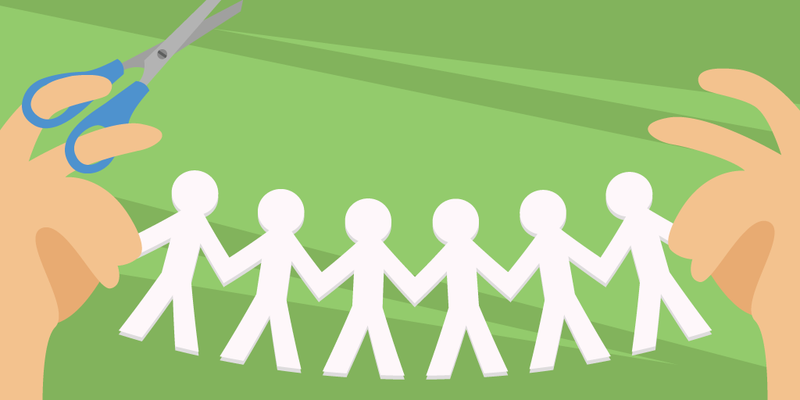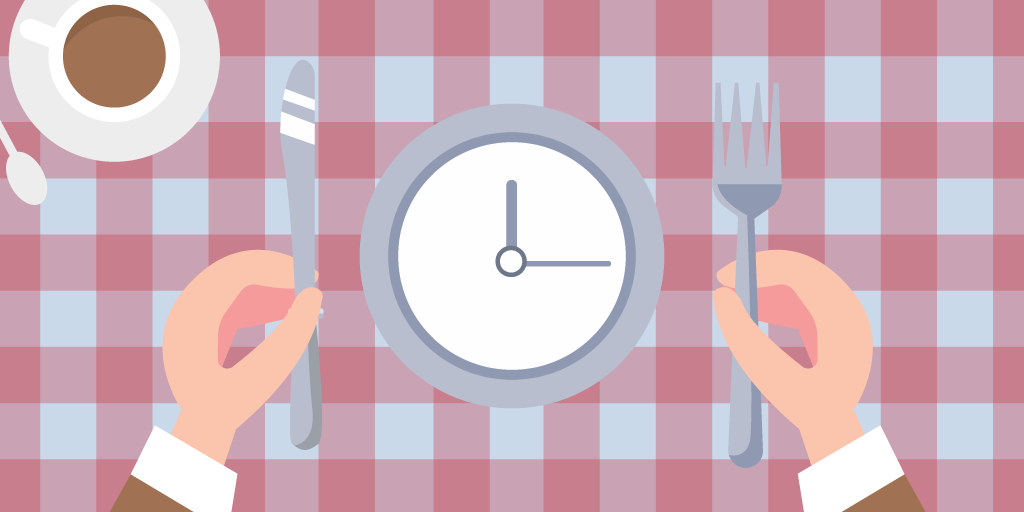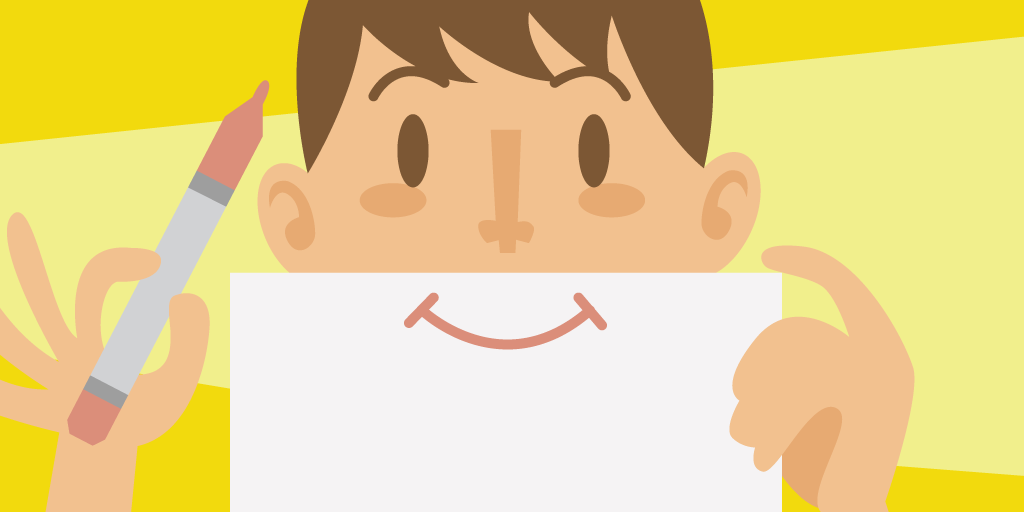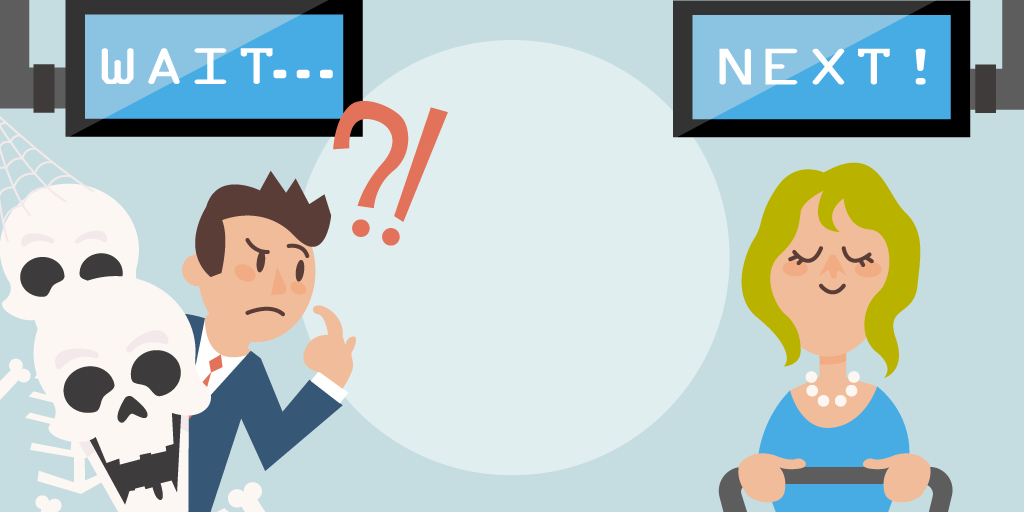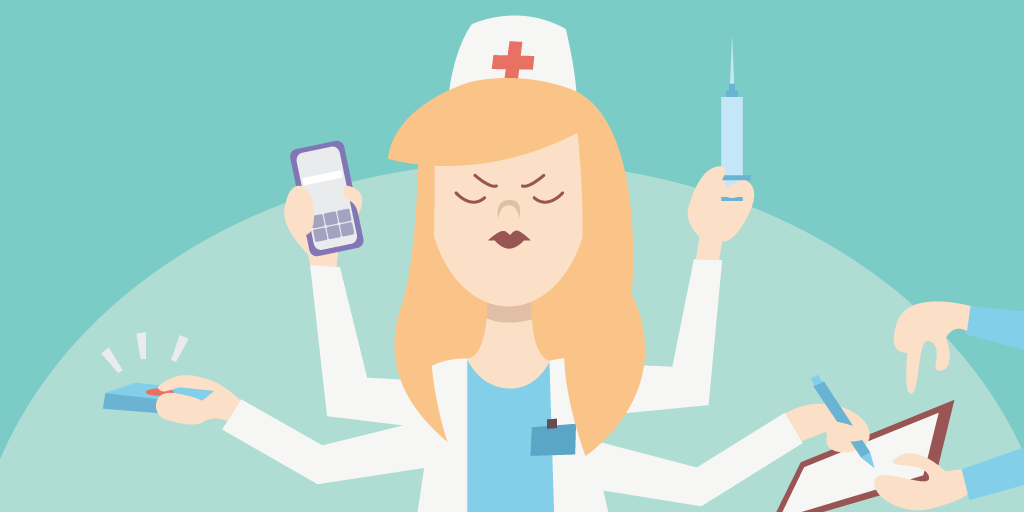We often talk about what it is that queues are doing wrong: long waiting times, lacking information, an overall stressful experience. It’s easy to pick apart bad design. After all, most of us have had awful queueing experiences.
But when things go right, we often fail to notice. Which is why in this article, we’re going to take a look at the qualities that make for great queue line design.
And in case you want to leap straight to designing great queue experience, sign up for 14 days of free Qminder trial. It's the 21st century, about time to embrace technology!
Good Customer Experience

When businesses understand that waiting in line is part of the customer experience they are taking the first step in upholding good queue line design.
Here’s an important statistic to keep in mind: ”Research on queuing has shown that, on average, people overestimate how long they’ve waited in a line by 36%.” And the experience of waiting can make or break how customers feel about a business — even if every other aspect of the shopping experience is positive.
Good queue line designs understand that the psychology of queuing is key to enhancing customer experience. And what do those businesses take away from psychology 101 and apply to waiting line management?
For starters, every section that follows this one. Because once a business empathizes with their customers and the queue, they automatically begin to see ways in which to enhance queue design.
Entertaining Your Customers

Good queue line design understands that the need to keep customer minds off the queue. And waiting line model examples featuring digital signage (HDTVs) displayed near the queue have been shown to reduce perceived waiting time by as much as 35%.
Though not every queue line design has to rely on television.
At some airports, flyers complained that they waited around for baggage too long. What did they do? Moved baggage claim further away from the terminal so that customers spent their time walking rather than waiting.
And the result? Complaints about waiting for baggage were reduced to nearly zero. Good queue design knows how to occupy customer’s time.
A Dynamic Design to Improve Queuing

Good queues are malleable. What do I mean by that? It means that the queue is structured in a way so that it can handle any amount of traffic and still deliver the best possible customer experience.
Customers shop like the ebb and flow of the tide. Some days or times are busier than others — accounting for these variables is key.
It also means understanding the kind of customers a business serves. Toy shops need to account for strollers and young restless kids, whereas specialized medical facilities need to design a queue that accommodates older people with disabilities or who can’t stand for long.
Effective waiting line management accounts for the smallest amount of traffic a store might see and the greatest.
Using the Latest Queue Technology

If a queue design relies on methods developed at banks half-a-century ago it’s not fit for the modern world. No wonder 20% of customers become annoyed while waiting.
Good queue design implements the latest technologies. What technology is that, you might ask?
Queue management systems, like Qminder, elevate waiting in line by bringing queues up to speed with 21st-century technology.
Customers enter a digital queue by signing in at a kiosk conveniently located near the front entrance of a store. Good queue line design doesn't make customers stand around when they don’t have to?
With QMS the customer’s time is their own; when it’s their turn to be served they’re called forward or receive an SMS alert that it’s their turn.
Businesses that utilize a queue management system are better able to effectively manage their queues.
Providing Customers With Information
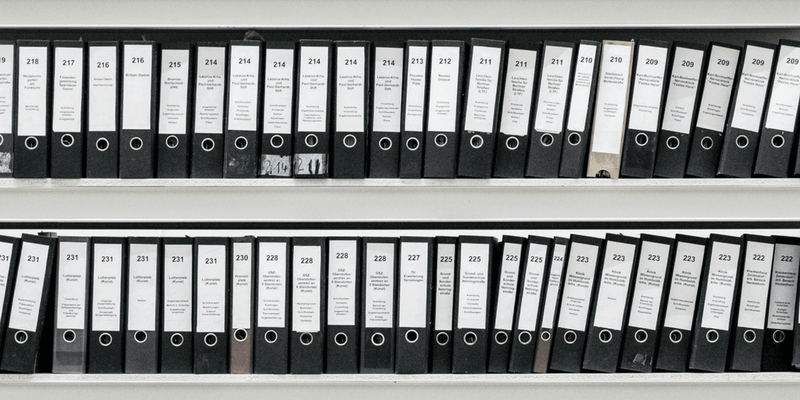
Successful queues give customers information about how long they’ll be waiting, mitigating the feeling of anxiety and stress. Our keyword here is “transparency”.
Hartsfield-Jackson Atlanta International Airport took the aforementioned to heart. They implemented a queue line design system which provides real-time waiting information, “on desktops, laptops, large displays, and any hand-held devices in a consistent and easily discernible manner to passengers”.
Travelers know the tension that exists at airports. And when airports empathize with travelers and strive to meet their needs, they stand out from their competitors.
When information is abundant customer’s expectations meet reality. Even if a timer isn’t available — which can be difficult to implement due to variables in service — simply showing customers who precede them in queue is enough to quell their impatience.
Meanwhile, Disney displays approximate wait times for all their attractions, and typically overestimates the times. Why? Because if patrons strap into Magic Mountain ten minutes early, they justifiably think they’re ahead of schedule, which makes them feel great.
Making Management Easier

Not only are customers informed but so are managers and staff. With technological tools like queue management systems, employees can track and organize customers according to priority, and ensure that each customer receives the attention they deserve.
That includes the crucial component of greeting customers.
Ample queueing information means staff can predict and resolve any queuing hiccups to ensure the best post possible customer experience. And information systems free up staff’s time, e.g. they don’t need to manage customers as they join the queue but are free to assist customers with their service.
The Principle of Fairness in a Queue

Good queue line design understands that waiting customers cherish fairness. People want to be served in the order in which they’ve arrived, or at least according to their needs.
As Dr. Queue, Rick Larson, told NPR:
“It isn't the actual duration of the wait that is so important to you. It's, psychologically, it's the stress that somebody who arrives after you may slip before you and get service before you get served.”
If that stress is left unchecked, customers will end up switching lines or walking out the door, souring the customer experience, and any effort at sustainable waiting line management.
Lets look at a waiting line model example. Just imagine that you order a new computer. An employee directs you to the checkout counter where you’re forced to wait 45 minutes before somebody finally delivers you your purchase. Meanwhile, other customers who have arrived after you are receiving their orders first. It can be infuriating.
This is in fact why many businesses have opted for a single serpentine line which is a guarantor of that maxim — first come, first serve — and is supported by data science.
When customers see that queue line design upholds fairness it bolsters their confidence that they are valued as individual customers. The perfect queue line design.
Good queue design begins with an orientation towards the customers, towards understanding the experience of waiting in queue. Then, strategy follows.
Developing a good queue design is made even easier with a queue management system such as Qminder. Don’t take our word for it — try Qminder for free.
Two free weeks of great queue design — that's a good start!

